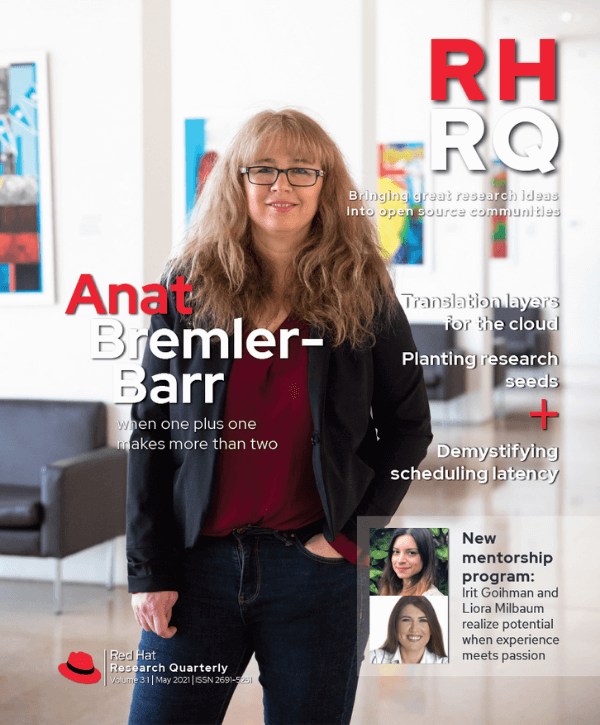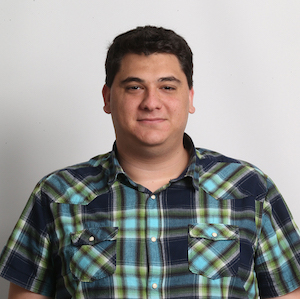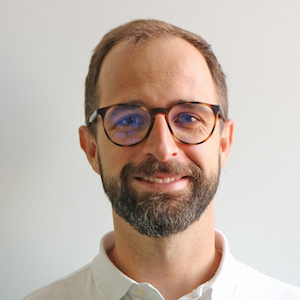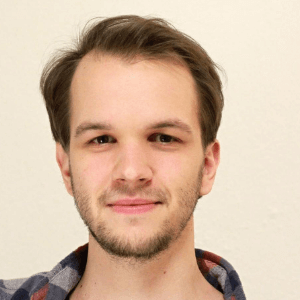Red Hat Research Quarterly
Highlights from this issue
When one plus one makes more than two: how open source builds a bridge between universities and industry
An interview with Anat Bremler-Barr.
Volume 3, Issue 1 • ISSN 2691-5278
Departments
Features
Inside this issue
As we begin our third year of RHRQ I am in a celebratory mood—unusual, for 2021, but I think appropriate. I’ve just finished rereading our interview with Professor Anat Bremler-Barr of the Interdisciplinary Center in Herzliya, Israel.
A new working group is tackling observability in production.
This year has already brought us several Research Days discussions streaming around the world. They have covered topics as diverse as big data stream processing, analyzing security certification reports for potential device and product vulnerabilities, and using open source tools to program FPGA applications.
Boston University is collaborating with other area universities to extend the success of the Mass Open Cloud (massopen.cloud) in supporting critical research projects to a public cloud that will serve research needs throughout New England in the United States.
How Czech Technical University and Red Hat Czech broke ground for grant programs.
Research Director and RIG leader for Israel Idan Levi speaks with Anat Bremler-Barr, Professor in the School of Computer Science and Vice Dean of the Efi Arazi School of Computer Science at the Interdisciplinary Center, Herzliya, Israel (IDC).
This is the third of a series of three articles about the formal analysis and verification of the real-time Linux® kernel. Read the first article in RHRQ 2:3 and the second article in RHRQ 2:4.
Writing tests with high coverage is almost always tedious work that is still error prone. This can lead to missing crucial details that cause undesirable behavior, and, in the worst case, a complete system failure. What if there were an efficient way to automate this work?
A guide to understanding the hidden algorithms that manage the data in our everyday world, from smartphones to cloud apps. We look at which ones perform faster—and why.
The Office of the CTO is promoting open source development concepts among teenagers, the military, and the academic world in Israel. Here’s how two engineers helped realize that goal.
Here are a few highlights of recent research results from the US. There are many more active projects than we can cover here, so be sure to check research.redhat.com listings for additional projects.













